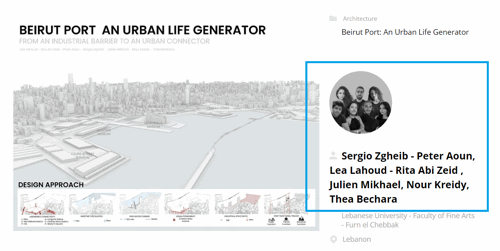Agro tourist resort on ravi river front

Project idea
The fertile plains near the Ravi River have long been vital for agricultural activities, serving as a crucial breadbasket for the region. With its rich alluvial soil and reliable water supply, agricultural land along the Ravi has supported a diverse array of crops, ranging from grains like wheat and rice to fruits and vegetables. However, the encroachment of urbanization and industrialization poses a growing threat to this precious resource.
As urban areas expand, there is mounting pressure to convert agricultural land near the Ravi into residential and commercial developments, leading to concerns about the loss of prime farmland and its implications for food security and rural livelihoods. Balancing the competing demands of urban growth and agricultural sustainability in this region is thus imperative for ensuring the long-term viability of both urban and rural communities.
Efforts to protect agricultural land near the Ravi River must involve comprehensive land use planning, conservation measures, and sustainable development practices. By safeguarding these fertile plains, policymakers can not only preserve the agricultural heritage of the region but also support the livelihoods of farmers, promote food security, and maintain the ecological integrity of the Ravi River basin.
The transformation of the Ravi Riverfront Housing Society into an agriculture resort represents a visionary endeavour poised to redefine the landscape of Lahore, Pakistan. Nestled along the banks of the historic Ravi River, this proposed redevelopment initiative embodies a convergence of heritage preservation, sustainable tourism, and economic revitalization.
Project description
The primary objective of designing an agro-tourist resort on the Ravi Riverfront is to create a sustainable, eco-friendly destination that seamlessly integrates agriculture, tourism, and environmental stewardship. The resort aims to promote sustainable agricultural practices by showcasing organic farming, permaculture, and local crop cultivation, offering visitors an immersive educational experience. Additionally, the project seeks to boost the local economy by attracting tourists, providing job opportunities for the community, and supporting local artisans and farmers. Environmental preservation is a key focus, with the design incorporating green infrastructure, water conservation, and habitat protection to ensure minimal impact on the riverfront ecosystem. Ultimately, the resort aspires to serve as a model for sustainable development, fostering a deep connection between visitors, the environment, and the local culture while contributing to the long-term well-being of the region.
Technical information
Incorporation of local cultural elements into the design and operations of the resort, promoting cultural heritage and identity.







